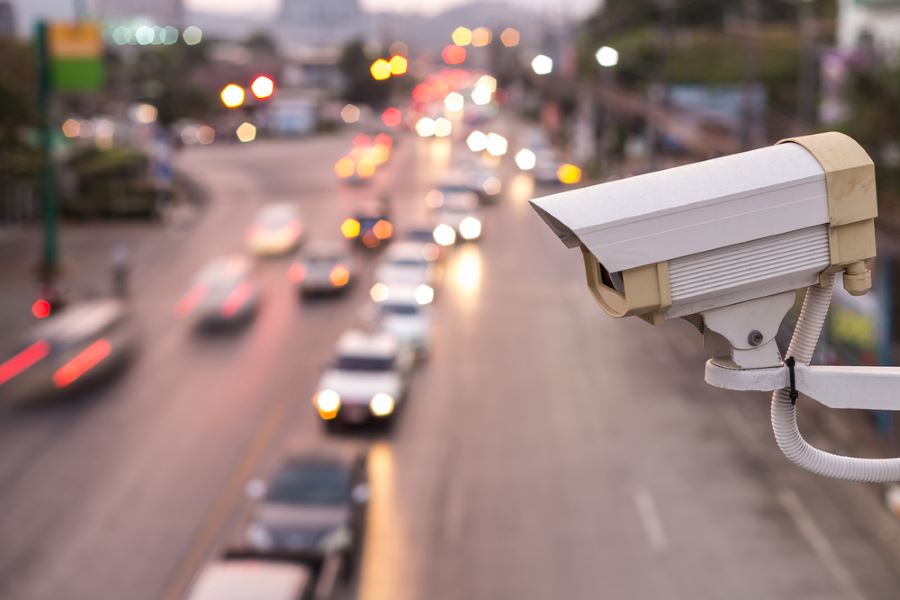
Future of the Automotive Mobility and Data Security
Mobility has always been at the cutting edge of human innovation and technological advancement. This is unlikely to change in the foreseeable future. Already, mobility as we know it is seeing significant disruption thanks to the entry of nontraditional players who are leveraging the power of computing devices and the Internet. But few things are likely to have a bigger impact on mobility than the enormous volumes of data that will be generated as a result. In fact, data capture, transmission, storage and distribution will be a key component of future mobility. Managing such data from first to last mile will provide unprecedented challenges. The market players who will ride this mobility wave and stay ahead of the competition are those that take proactive steps to prepare for this new world. The following are some of the most important ways mobility is likely to change in future and how data is a part of it.
Car Ownership
Hyperadoption, mobility commoditization, sustainability and a growing number of viable alternatives is changing the need, value and perception of car ownership. Emerging solutions are streamlining mobility and making commuting more productive. One report projected that by 2030, two thirds of vehicle sales in cities will be shared. Car manufacturers will still need to build vehicles but the change in ownership and use will call for a rethink of distribution networks. While shared mobility will create a whole new ecosystem of data, the decrease in ownership means vehicle manufacturers will actually see a decrease in data at their disposal. Especially the ownership data that they traditionally relied on to manage customer relationships and incentivize customers into regularly upgrading to a new model. With car-sharing, customer relationships have a shorter life-span.
Plugged into the Internet of Things
Though there will be a concerted push towards shared ownership, a substantial number of people will still opt for the individual owned car. But even individual owned vehicles will exist in a markedly different world. The Internet of Things will have become ubiquitous meaning cars will be more connected and data-centric than ever before. The electronic data captured, stored and analyzed by future cars will cover everything from fuel consumption to common route stops. Future features will build on existing technology creating vehicles that are increasingly data-driven and sophisticated.
Autonomous Cars
Autonomous vehicles are an inevitable part of future mobility. Already, major companies like Alphabet, Uber and Tesla have made tremendous progress in building fully autonomous cars. This trend is only bound to grow. One of the biggest hurdles to autonomous vehicles has been the dependence on third parties. That’s because achieving autonomy is not only about what features are inside the car. It’s also how well the car’s systems communicate with the outside world via GPS software, IoT sensors, infrastructure health metrics and other similar systems. As the market for this grows, you can only expect a greater convergence of these different systems and their data.

Future Mobile and Digital Landscape
The near ubiquity of Internet access coupled with the proliferation of smartphones have dramatically raised the service expectations of the modern consumer. Consumers are already accustomed to businesses using their online preferences and habits to deliver more intelligent and relevant content. They aren’t going to hold mobility service providers to a lower standard. Customers expect seamless and transparent travel experiences across devices and channels. Mobility players and service providers must integrate their systems, deploy the right APIs and leverage customer data in order to create platforms that are centered on enhancing the consumer’s experience.
Dynamic Customer Journeys
The future of mobility will be marked by a decline in rigidity and a rise in choice and flexibility. It’s going to be less about forcing customers into specific routes and stops, and more about giving consumers greater power in determining their journeys. Linear paths will take a back seat as car manufacturers, transportation service providers and mobility tools create a thriving ecosystem of customer choices and experiences. This ecosystem can only be effective if it is firmly grounded on rich relevant data. Machine learning and artificial intelligence will come in handy when analyzing, customizing and dynamically adjusting options to conform to each customer’s need.
What’s The Place of Data Security in All This?
The above trends will be a radical ambitious change from the nature of mobility as we know it today. It’s inevitable that this kind of innovation comes with new risks or exacerbates existing ones. Think about the potential catastrophe if autonomous vehicles are hacked or ride-hailing app customer data is exposed. And these are only the kind of risks we can envisage right now. There may be a whole lot of unintended consequences. This makes the need for data security more critical than ever before. For example, shared cars may contain the data of dozens or hundreds of users. This makes them an attractive target for digital thieves. Connected and autonomous cars create new avenues for ransomware. Not only can user confidentiality be compromised but the possibility of unauthorized persons or software taking control of a vehicle poses serious safety risks. Future mobility must therefore go hand in hand with a new and comprehensive approach to data security.

Are you interested in security for connected vehicles? Visit this page
Most Recent Articles
- A beginner-friendly intro to the Correlator for effective cybersecurity detection
- Inotify in ASAB Library
- From State Machine to Stateless Microservice
- Entangled ways of product development in the area of cybersecurity #3 - LogMan.io
- Entangled ways of product development in the area of cybersecurity #2 - BitSwan
You Might Be Interested in Reading These Articles

How TeskaLabs Helps You Operate SCADA Systems Securely and Comply with Security Laws
Cyberspace does not have boundaries. The internet is a truly international community, and it takes just milliseconds to reach a data source on a whole different continent. The internet is therefore an open arena for cyberattacks from across the world, where anyone can try to break their way into someone else’s data. We can see this daily in the news or on the specialized ICT news servers- the attacks never stop.
Published on June 06, 2017

C-ITS ITS-S Security microservice
As part of TeskaLabs‘s research activities, we are working toward a more flexible, contemporaneous method to deploy the software security component (specifically C-ITS Security) into the vehicle software ecosystem (ITS-S). The current best practice in the industry is that the cybersecurity component is integrated into the vehicle application software as a library. However, this approach brings with it many limitations, such as narrow software compatibility. The deployment is highly inflexible and so it is often omitted due to its complexity.
Published on June 15, 2020

White box vs. Black box penetration testing
When it comes to hacking, there are many technical aspects that can be difficult to grasp without an extensive background in the field. One of the most common sources of confusion is the comparison between black box penetration testing and white box penetration testing.
Published on January 15, 2019
